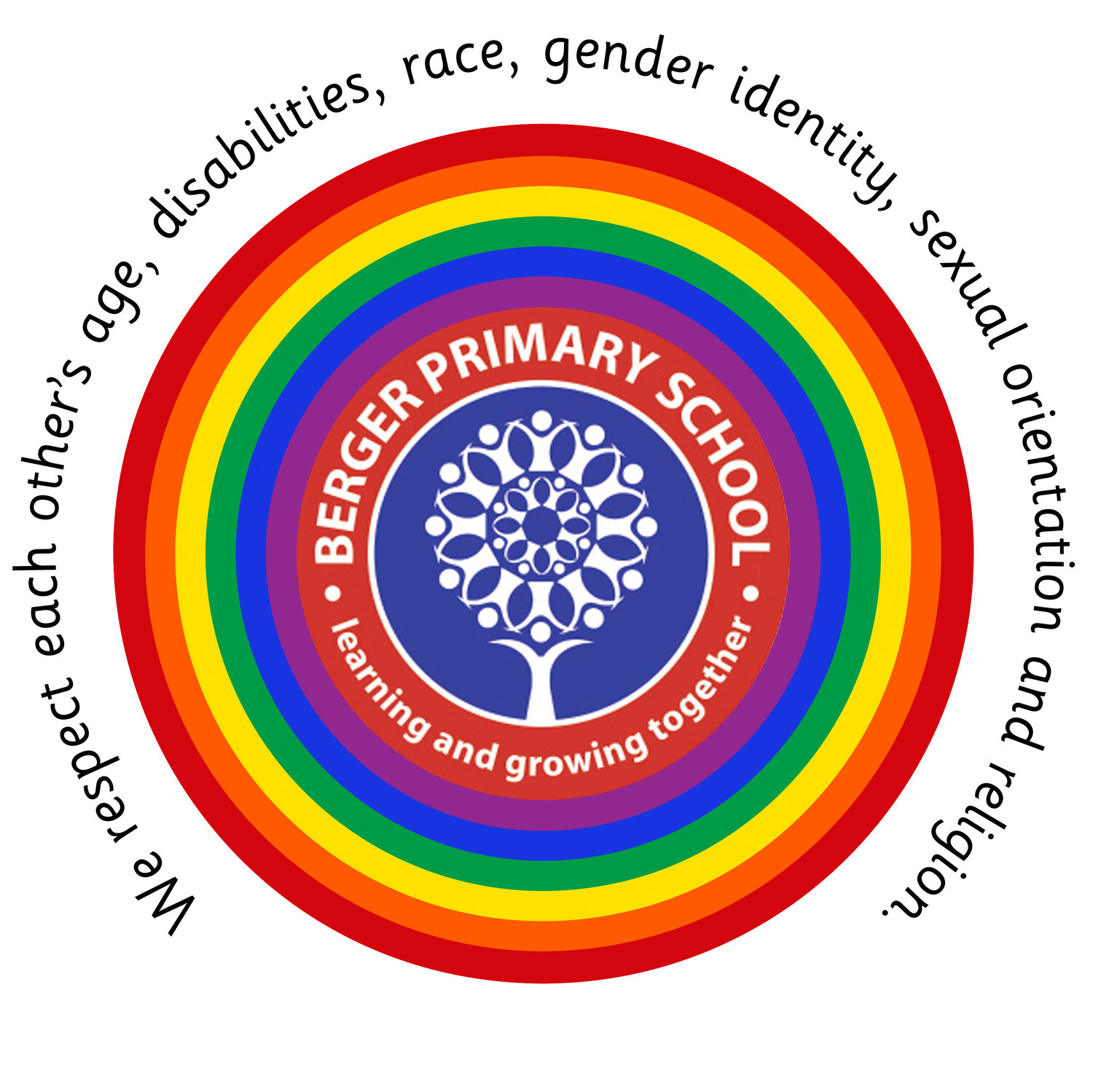Design and Technology
At Berger all our learners embrace Design and Technology as an inspiring, rigorous and practical subject. Our children become problem solvers who are not afraid of making mistakes, and that are resilient enough to learn from them.
Using creativity and imagination, we help children to design and make products that solve real and relevant problems, within a variety of contexts, considering their own and others’ needs, wants and values.
We develop children’s ability to select and use appropriate tools safely and effectively. In all areas of Design and Technology the children are encouraged to consider the effectiveness of their designs and requirements of their designs.
Adhering to our DT skills continuum, we ensure that learners develop their competence year on year in designing and making, research and evaluation, and working with tools, equipment and materials.
In DT at Berger, children are taught to:
• use research and develop design criteria to inform the design of innovative, functional, appealing products that are fit for purpose, aimed at particular individuals or groups
• generate, develop, model and communicate their ideas through discussion, annotated sketches, cross-sectional diagrams, prototypes, pattern pieces and computer-aided design
• select from and use a wider range of tools and equipment to perform practical tasks (for example, cutting, shaping, joining and finishing) accurately
• select from and use a wider range of materials and components, including construction materials, textiles and ingredients, according to their functional properties and aesthetic qualities
• investigate and analyse a range of existing products
• evaluate their ideas and products against their own design criteria and consider the views of others to improve their work
• understand how key events and individuals in design and technology have helped shape the world
• apply their understanding of how to strengthen, stiffen and reinforce more complex structures
• understand and use mechanical systems in their products
• understand and use electrical systems in their products
• apply their understanding of computing to program, monitor and control their products
• understand and apply the principles of nutrition and learn how to cook healthy, affordable meals.

